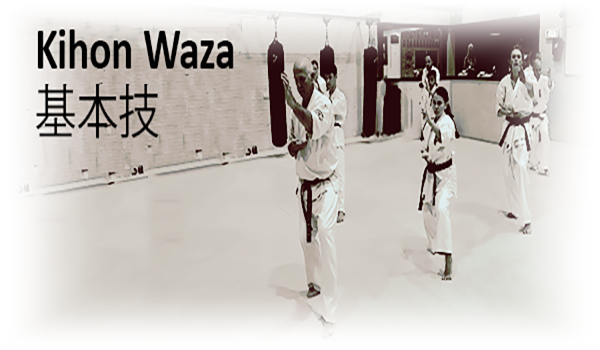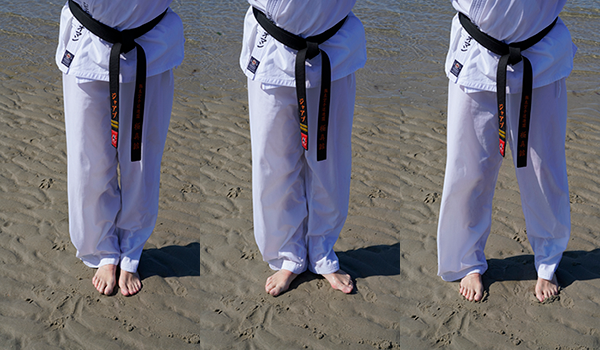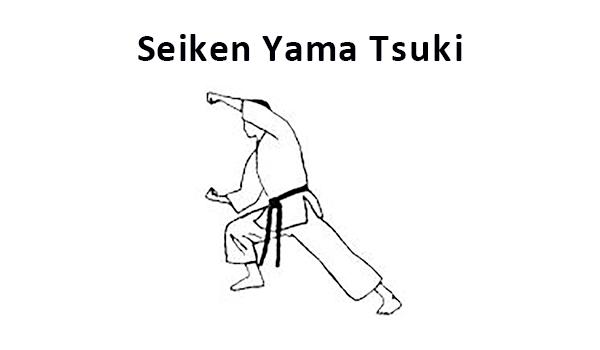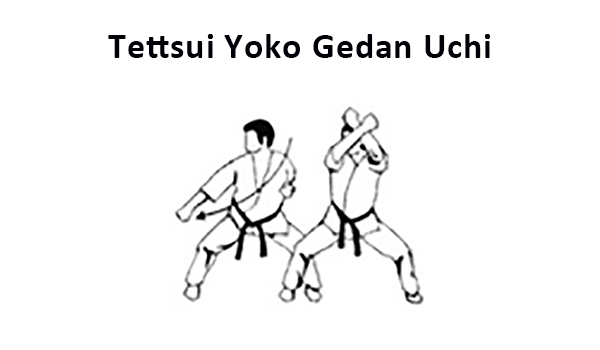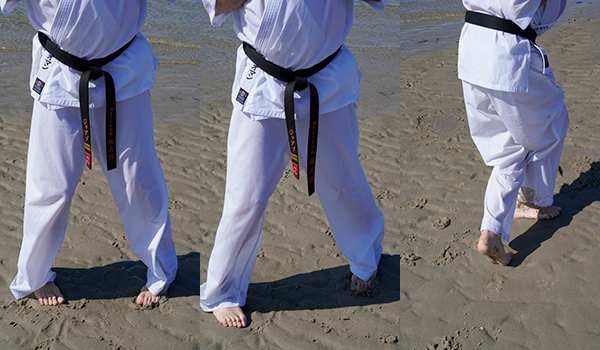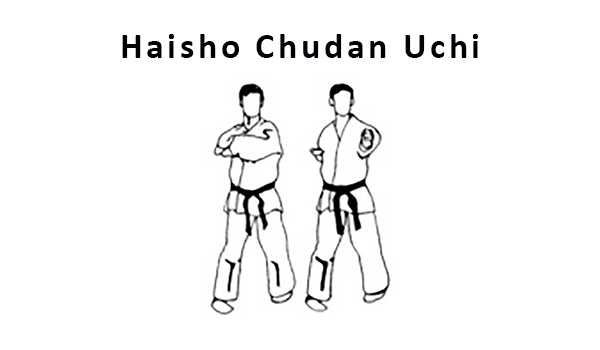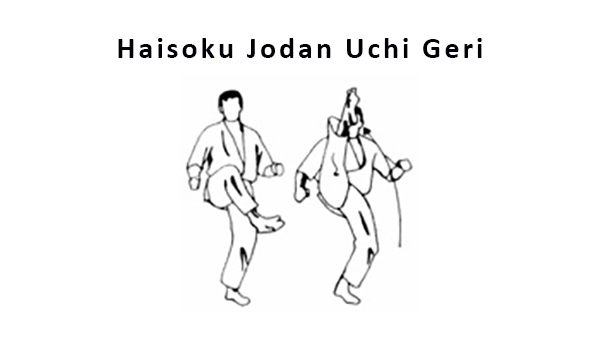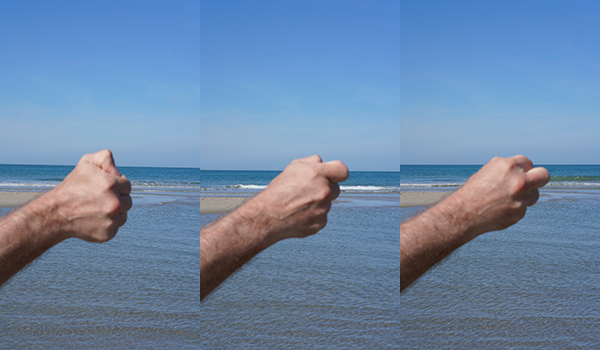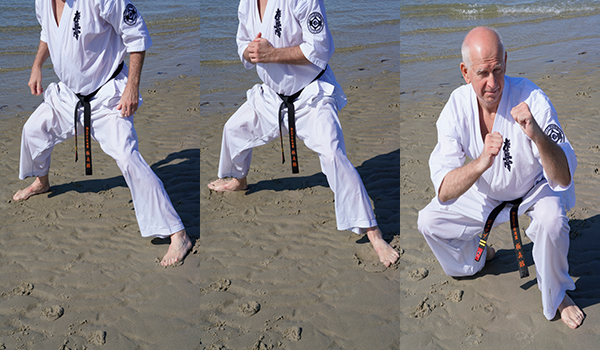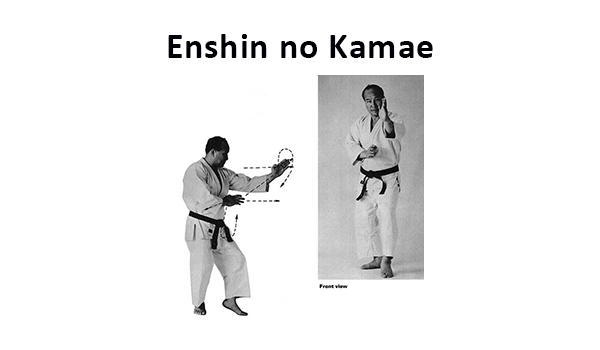Kyokushin Kihon
In Mas Oyama's Kyokushin style of Karate, Kihon is an important part of the training. By performing Kihon with the right commitment you also show respect and discipline, both important characteristics for a Karateka. A lot of attention is therefore paid to the basic techniques and the execution of these techniques in a certain form. A large part of the training for beginners consists of the Warm-up and then Kihon. Also advanced and masters continue to practice and complete Kihon. This approach is in line with the Japanese philosophy of Kaizen - 改善, or continuous improvement. By frequent repetition of a technique in the Kihon one acquires a certain automatism. As a result Kata - 型 , ('shapes' or 'patterns') and Kumite - 組手 (‘sparring’) no longer needs to be considered about the proper execution of these techniques.
Mas Oyama stated that one should see Kyokushin Karate as a Martial Arts language that can be learned, in which Kihon are the letters of the alphabet, Kata the words and the sentences, and Kumite form the conversations. Together they form one; on these three rest all technique, speed, strength and progress in Karate. They should be studied as a whole: without the Kihon, basic techniques, there can be neither Kata nor Kumite.
To build a strong foundation for our Karate, we need to keep working. The Kihon of Karate is elaborated with different stances Dachi - 伎 and techniques, such as arm, hand and foot techniques. These come back to punches, kicks and blocks. To become a Karate master, you first and foremost have to learn these techniques and practice frequently. It teaches us how to develop an efficient, effective and powerful technique, by harnessing and pulling together the right muscle groups. It also trains us to stay connected to the floor, emphasizing correct use of the whole body in terms of posture Kamae - 構え, range and movement balance.
Kihon is also practiced as floor exercises, where the same technique or combination is repeated several times and the students move back and forth, Idō - 移動 (‘movement’), across the floor. Continuous repetition Keiko - 稽古 (with the aim to improve in relation to the Kaizen concept) teaches our body to move automatically, effortlessly and efficiently. Over time, the techniques become unconscious, rather than intentional mechanical movements. You do them without thinking, which frees your mind to be relaxed and experience the dynamics of that moment.
Therefore, whether it is the course of movement, the speed of movement, the strength of the movement, the required posture, the right musculature to use, the right form of breathing, all these factors include Kihon practice.
Within Kyokushin Karate, the synergy of the right position, the footwork, blocking and the final technique is essential, as well as:
- Kokyū - 呼吸 (‘breathing’),
- Hyōshi - 拍子 (‘timing’),
- Zanshin - 残心 (‘alertness’),
- Kime - 極め (‘focus’) and
- Kiai - 気合 (‘battle cry’).
